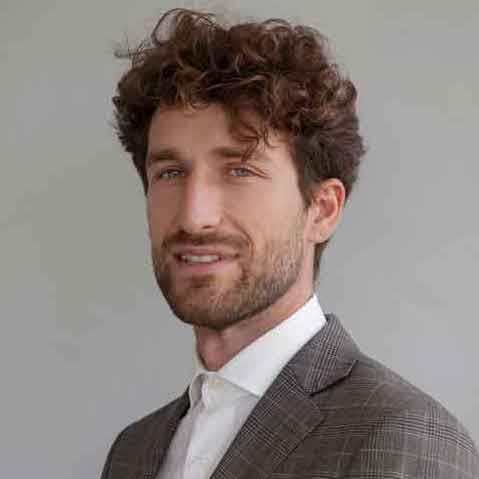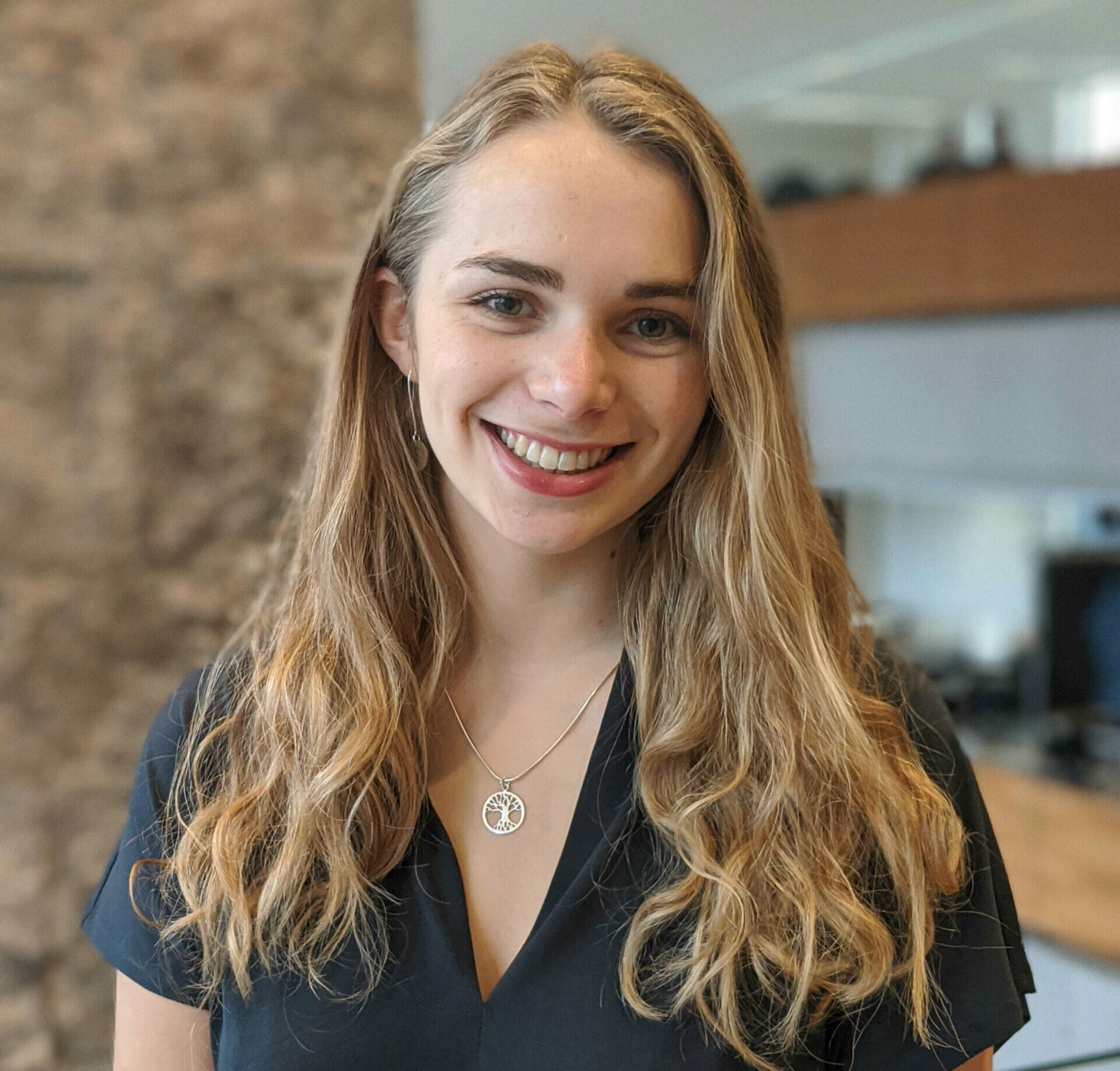Creating a circular economy requires involvement from businesses, the public sector, and researchers. Canada’s “Our Food Future” provides a model.
Today, a staggering 91% of all resources extracted are wasted. How can the economic system become more sustainable? Many people advocate moving to a “circular economy.” In contrast with today’s “linear” model, a circular approach keeps resources in circulation through reuse and repair.
But what does a circular economy actually look like and how do we get there? What steps do businesses need to take, and how can they partner with others? How can researchers help them make the shift?
In the first of NBS’s new Livestream series, NBS Founder Tima Bansal sat down with two circular economy experts. Barb Swartzentruber is a long-time leader in the public sector in Canada; Jury Gualandris is a supply chain management expert at Ivey Business School. The two also collaborate on a cutting-edge project: Canada’s first circular food economy, in Guelph, Ontario.
Their “Our Food Future” project aims to reimagine food production, distribution, and consumption, for a “a food system where everyone can access nutritious food, nothing is wasted, and the impact on our environment is minimal.” The effort relies on diverse stakeholders and creative initiatives.
You can watch their whole discussion unfold here.
Here are some of the highlights.
Circular companies must be flexible
In a circular economy, companies often use each other’s waste. As a result, the supply of materials can be variable; businesses must be more flexible about what they produce.
Consider “circular juice,” where a producer makes juice from surplus food provided by large retailers. A circular-juice maker can’t be picky about their raw materials: they have to be willing to work with what their “waste” supplier gives them. “One week, they might receive excess clementines,” says Jury. “But another week, it might be vegetables for green juice.”
This means customers have to be flexible, too. If society truly wants products from a circular system, people need to accept what’s available, instead of expecting to get exactly what we want.
A circular economy requires systems-level collaboration
A single product such as “circular juice” could be made with just two partners: a producer and a retailer.
Kickstarting a whole circular-food economy, however, isn’t quite so simple. It means facilitating countless such collaborations. The “Our Food Future” project includes urban and vertical farmers, a pay-what-you-can grocery-delivery service, and a social-finance fund to help businesses joining the circular-food economy get off the ground. The food system might rely on silos, but it doesn’t exist in one.
Supporting these micro-collaborations becomes smoother with technology that “guides the balancing act between organizations” by digitizing time-consuming processes like tracking incoming food supplies.
Circular economies are both local and global
With “Our Food Future” in Ontario, collaborators are building a tight, local network of actors. That grounding has many benefits. For example, the initiative can make good use of local leaders. Barb works with local champions from NGOs and businesses who “nudge small changes in [their] area of the food system—from farm to fork to waste.”
At the same time, it’s important to think about how to contribute to the global efforts toward circular economies. Every local effort can be learned from, repeated, and scaled.
Research and practice advance change
Advancing sustainable development requires knowledge from everyone, including both academics and managers. Barb’s and Jury’s collaboration is a good example.
Barb is an “actor,” carrying out new initiatives at the city level. Jury is the “analyst” who gathers data, questions assumptions and extracts key success factors for future projects.
That collaboration is helpful, says Barb. Having Jury involved lets her immerse herself in on-the-ground work without worrying about losing a broader perspective. “Jury’s research helped us pause and reflect,” she says. His observations pushed the team to reconsider some actions, ultimately changing elements such as their digital strategy.
As a researcher, Jury documents and maps the “Our Food Future” project, and he gains valuable information about what works and what doesn’t. He plans to use this information to help other practitioners execute a similar project in Montreal.
What’s your circular economy challenge?
What’s your experience with the circular economy? Join the conversation in this LinkedIn group, or let us know what you want to focus on next time, in the comments below.




Add a Comment
This site uses User Verification plugin to reduce spam. See how your comment data is processed.This site uses User Verification plugin to reduce spam. See how your comment data is processed.